
Making a dent in the tech universe
Making a dent in the tech universe
The Myth of Icarus and the Modern Dilemma of AI-Augmented Coding
Once upon a time—well, in a land of myth and melodrama—a young chap named Icarus got the ultimate upgrade: wings. Handcrafted by his ever-wise (and occasionally overly ambitious) father, Daedalus, these wings were a marvel of ancient engineering, crafted from feathers and wax. Icarus, thrilled by his newfound ability to defy gravity, soared into the sky with the enthusiasm of a kid on a sugar rush.
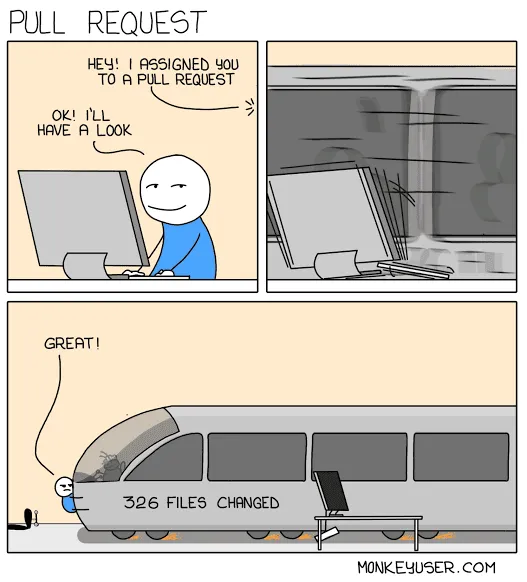
Working on Pull Requests
Similar to how we write sentences, there are a lot of ways to write code and produce the same outcome. Because each developer has their own coding style, ensuring the code quality is necessary before integrating it into the code repository. Code reviews provide a means to ensure that the quality of the code meets the standard of the team and identify any potential defects or improvements. Developers integrate this into a process called pull request (PR).
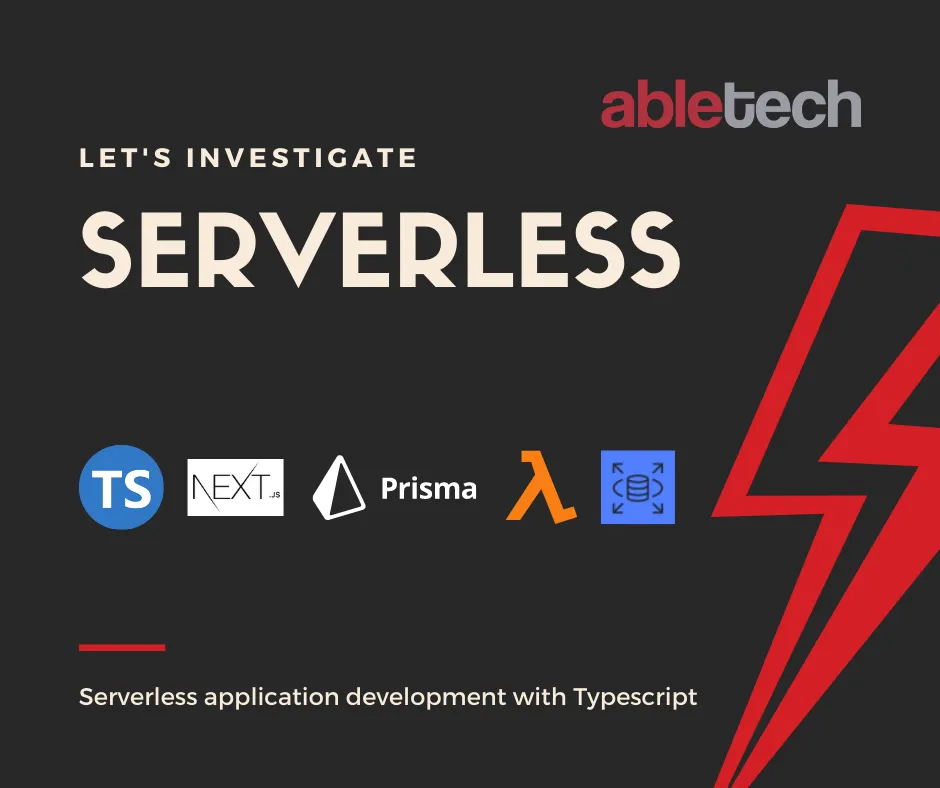
What does it mean to go serverless?
It’s time to look closely at serverless development. Come on a journey to investigate the serverless development model with Typescript. This article will take you through a potential framework, ORM, relational database provider, how to test, and our conclusions.

Setting Kafka’s pace with Broadway
Looking to turn your push dataflow into a pull Broadway pipeline? Here’s an introduction.
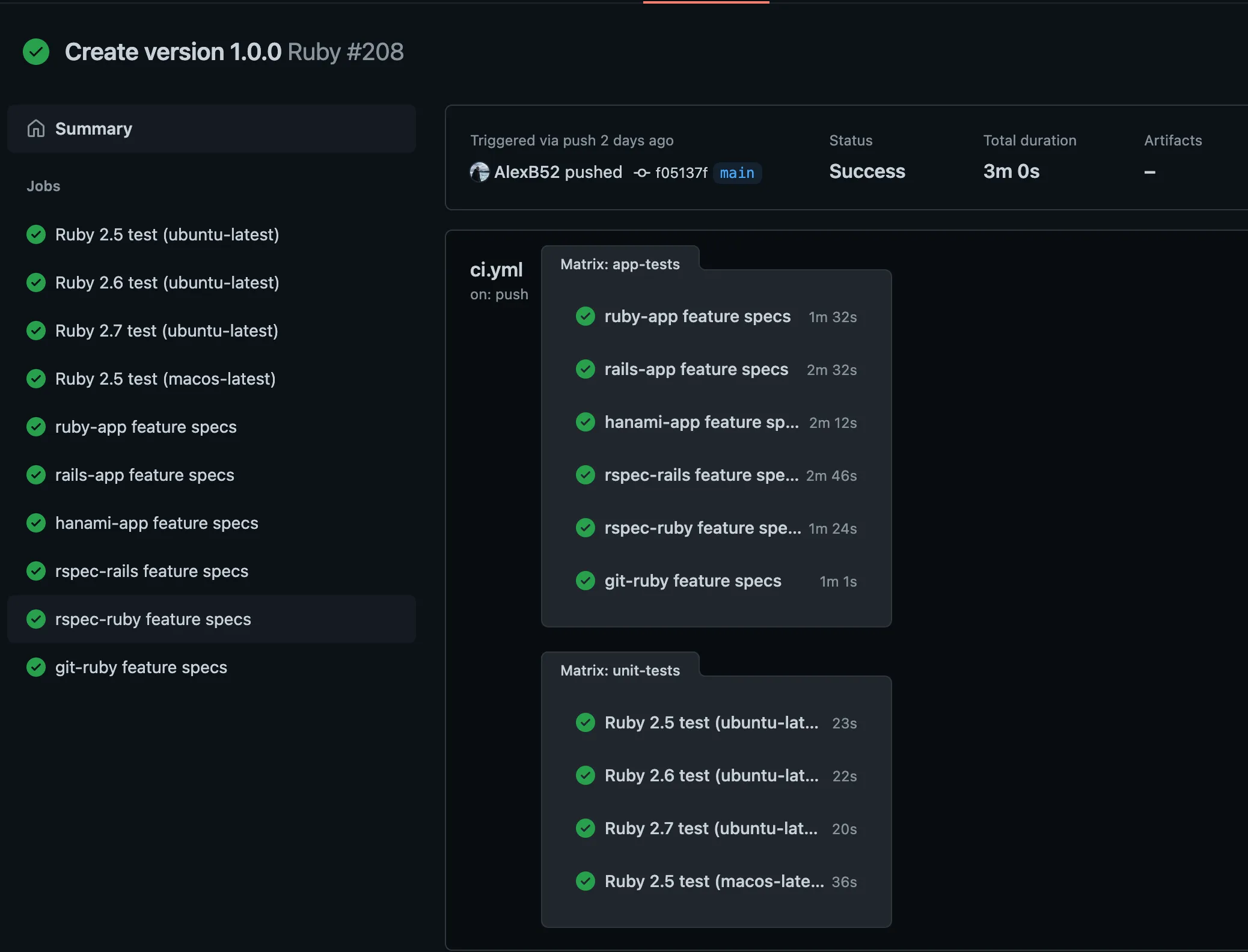
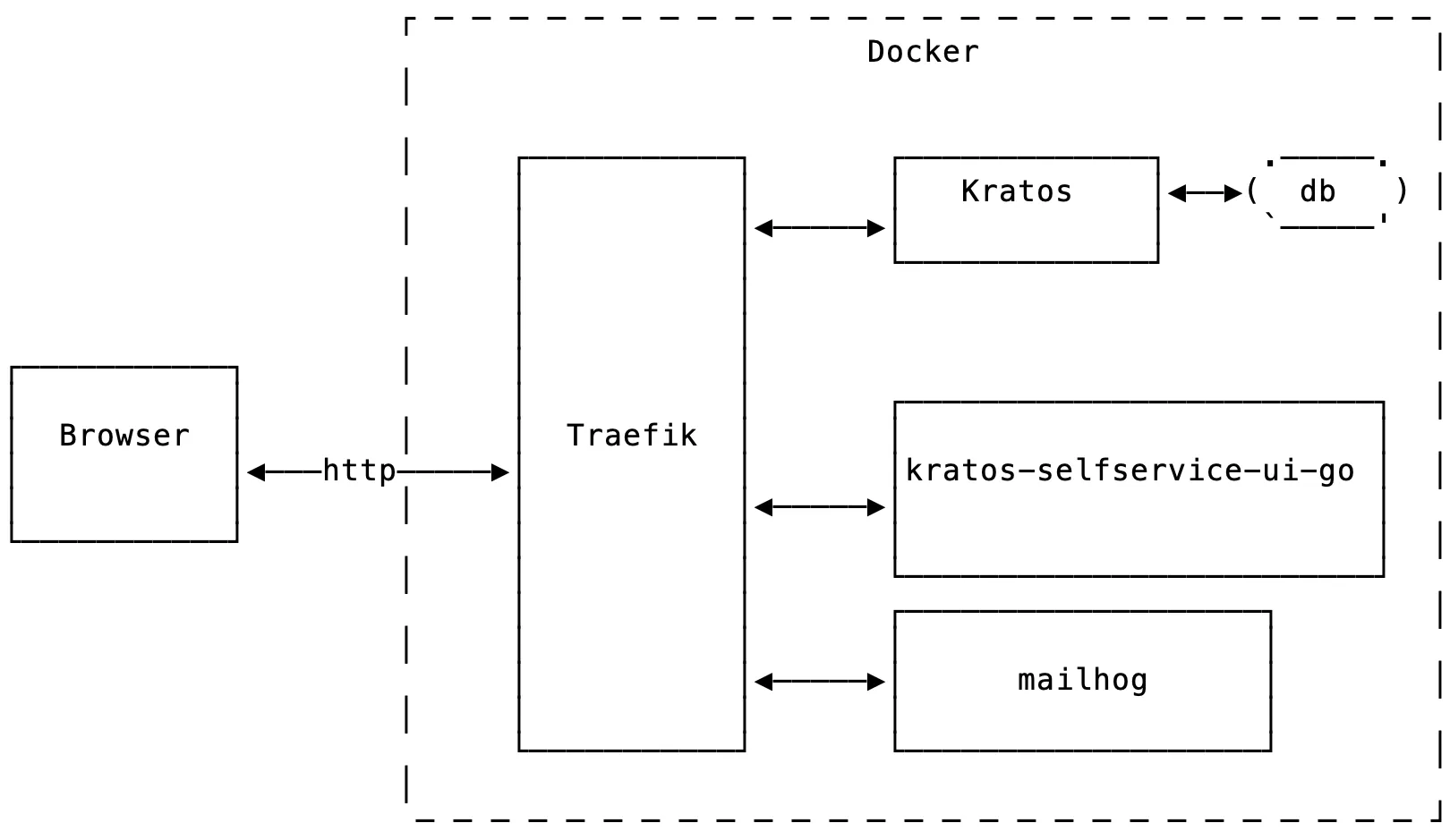
Integrating third-party provider: Kratos
Building applications is hard, and developers need to maximise productivity, so they can focus their efforts on solving business problems. One way of achieving this is to use services provided by third-party providers. Read on for David Oram’s process of integrating Kratos in Go.
.*](/img/OAdtiilj0m-1920.webp)
Pragmatic Refactoring
Last year, I read the amazing *99 Bottles of OOP* by Sandi Metz, Katrina Owen & TJ Stankus. The book explores OOP concepts and how to refactor code while being one cmd + z away from green tests. It teaches “practical techniques for getting things done that lead, naturally and inevitably, to beautiful code”, by changing one line at a time.
 on [Unsplash](https://unsplash.com/s/photos/venice-carnival?utm_source=unsplash&utm_medium=referral&utm_content=creditCopyText)](/img/R5kdHs3xbc-1200.webp)
Testing ActiveRecord Concerns
ActiveRecord classes manage persistence and have a tight relationship with their database tables. This relationship, sometimes, makes testing tricky and even trickier when testing Rails concerns. This article describes how to test a concern in isolation from its ActiveRecord class and its associated database table.
 on [Unsplash](https://unsplash.com/s/photos/hope?utm_source=unsplash&utm_medium=referral&utm_content=creditCopyText)](/img/Rp3IDOBeKp-1200.webp)
An alternative to service objects
Service objects are overused. They have become the default solution for any new features in a Rails codebase. They’re also hard to talk about as they mean different things for different people. Here is how I define them:

Rails best practice security exceptions
However, these security features can adversely affect real users and you may notice ActionController::InvalidAuthenticityToken exceptions appearing in your production runtime which can be challenging to reproduce.
 from [Pixabay](https://pixabay.com/photos/balance-stones-stack-110850/)](/img/D9WLFcypiX-1280.webp)
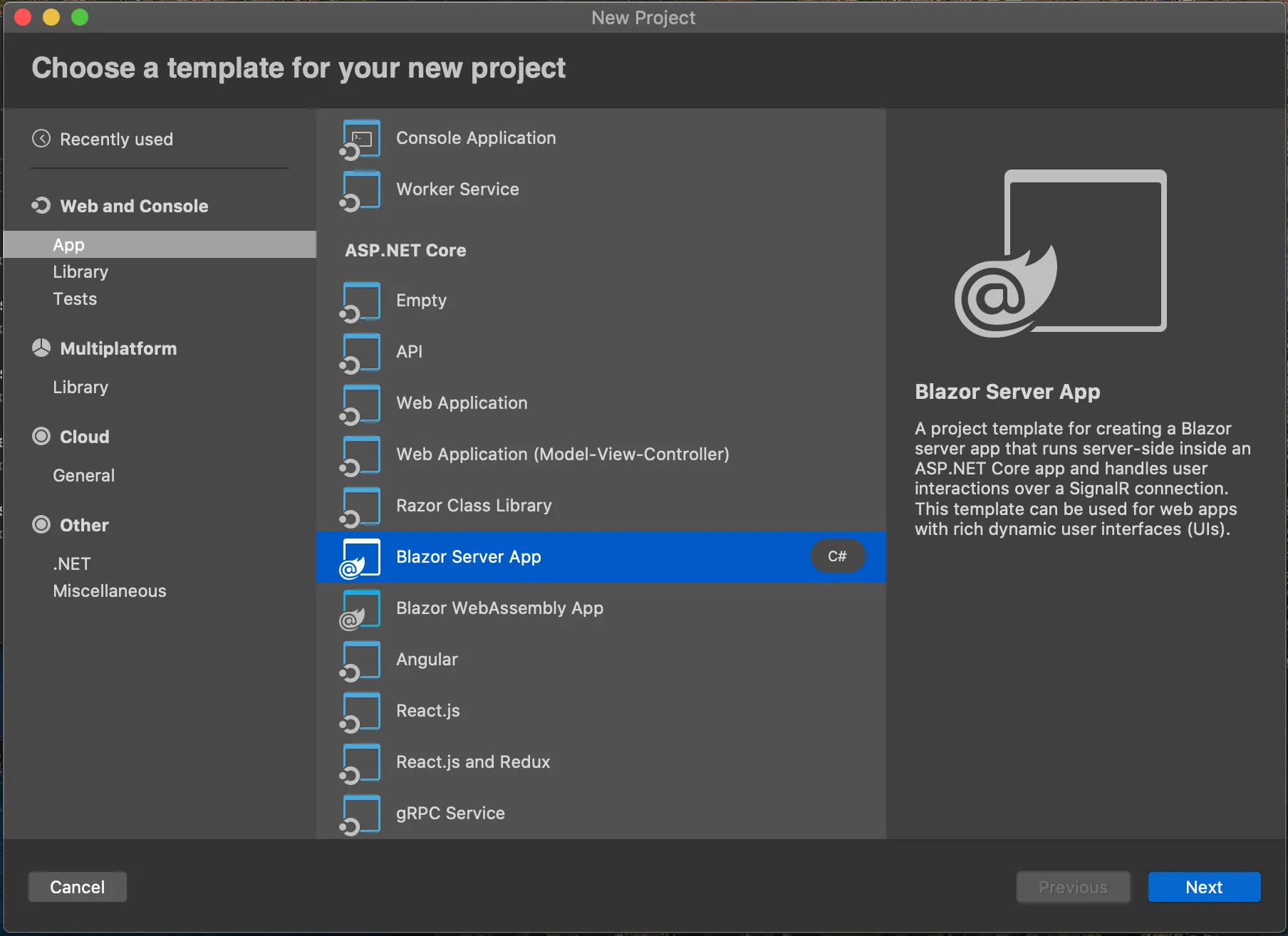
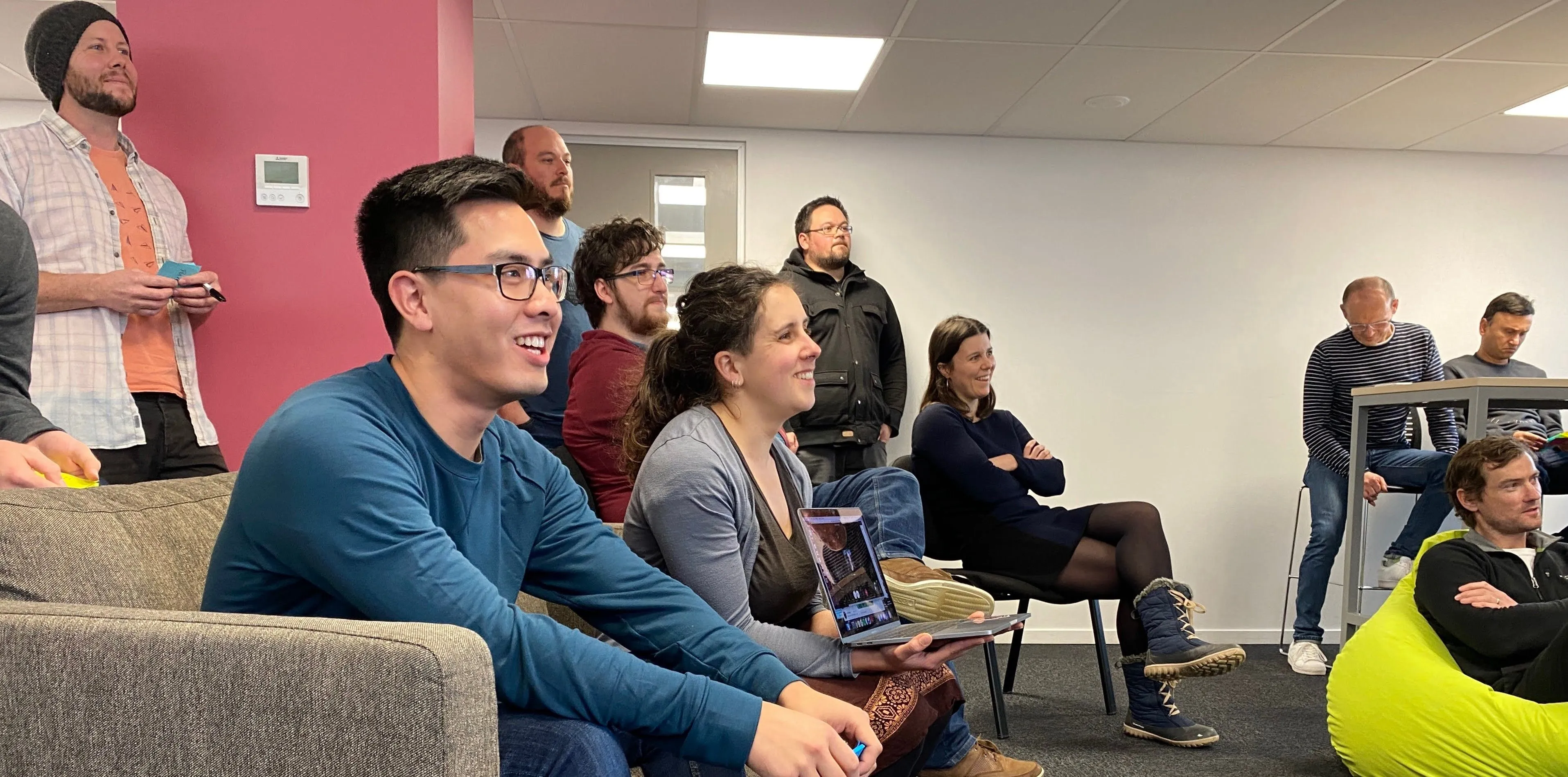
Tools, tips & tricks
Our dev team recently sat down to share our favourite tips, tricks and tools. This resulted in great conversations and everyone went away with more tools, and productivity or workflow tips & tricks, on their tool-belt. We would like to share these here so you can benefit too.
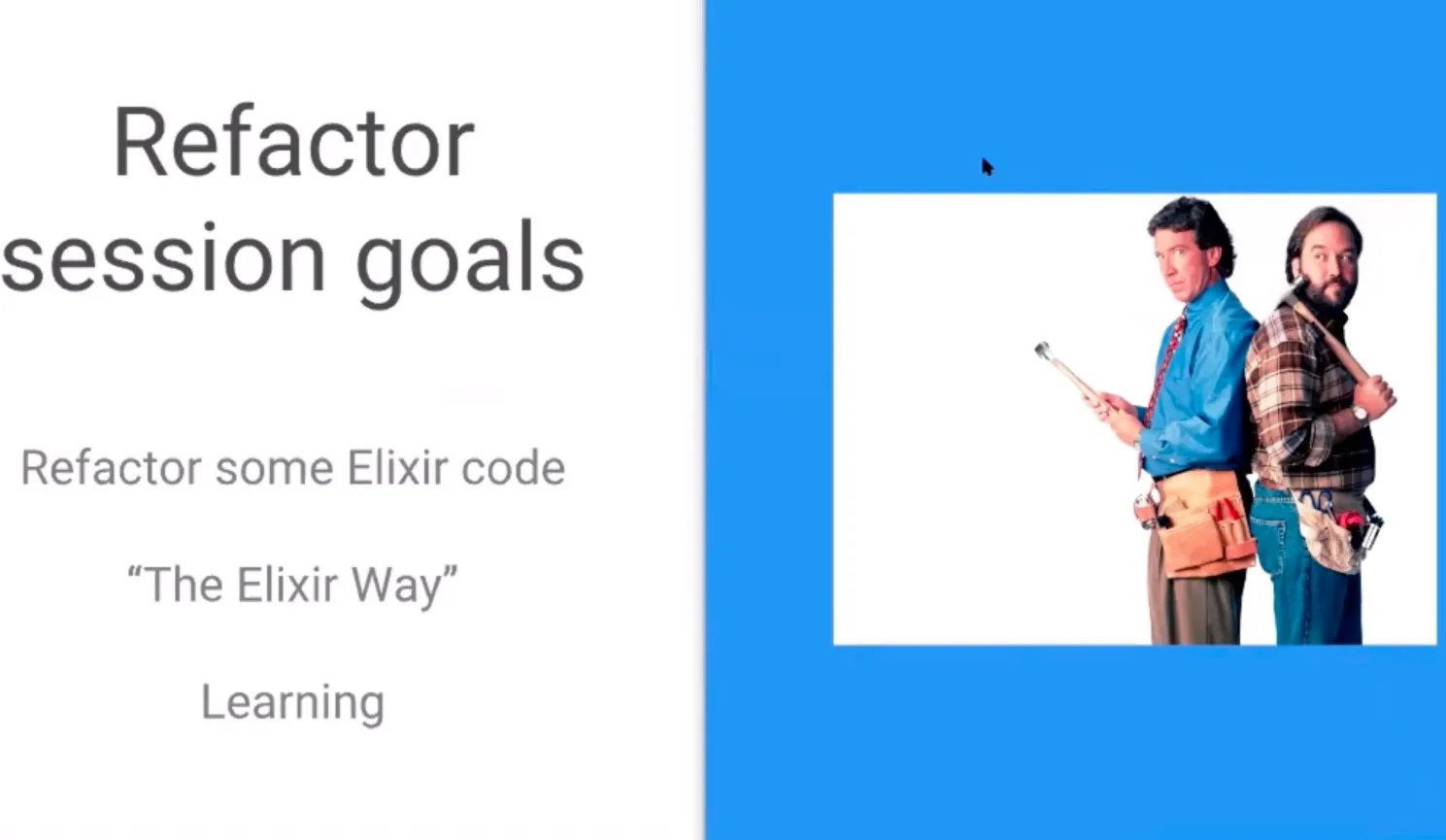
An introduction to Elixir
Find out more about Elixir by sitting in on this Abletech tech talk from Nigel and David at Abletech.
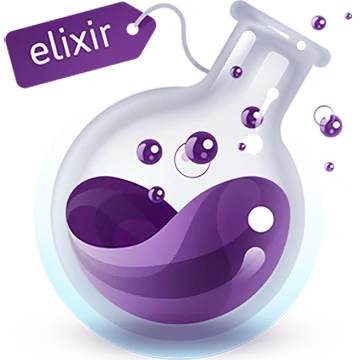
Optimising Docker for Mac and Elixir
The minimum set of files we want to sync is the actual source code that is committed into git. Look at your .gitignore for hints on what to remove in your project. For our Elixir service we have dependencies, and build artifacts, that are written to disk, so moving deps and _build folders external to the shared project folder should speed things up.

The guide to integrating Google MyMaps onto your website with React
If you want to put the custom map you’ve created with MyMaps onto a website you have two options:
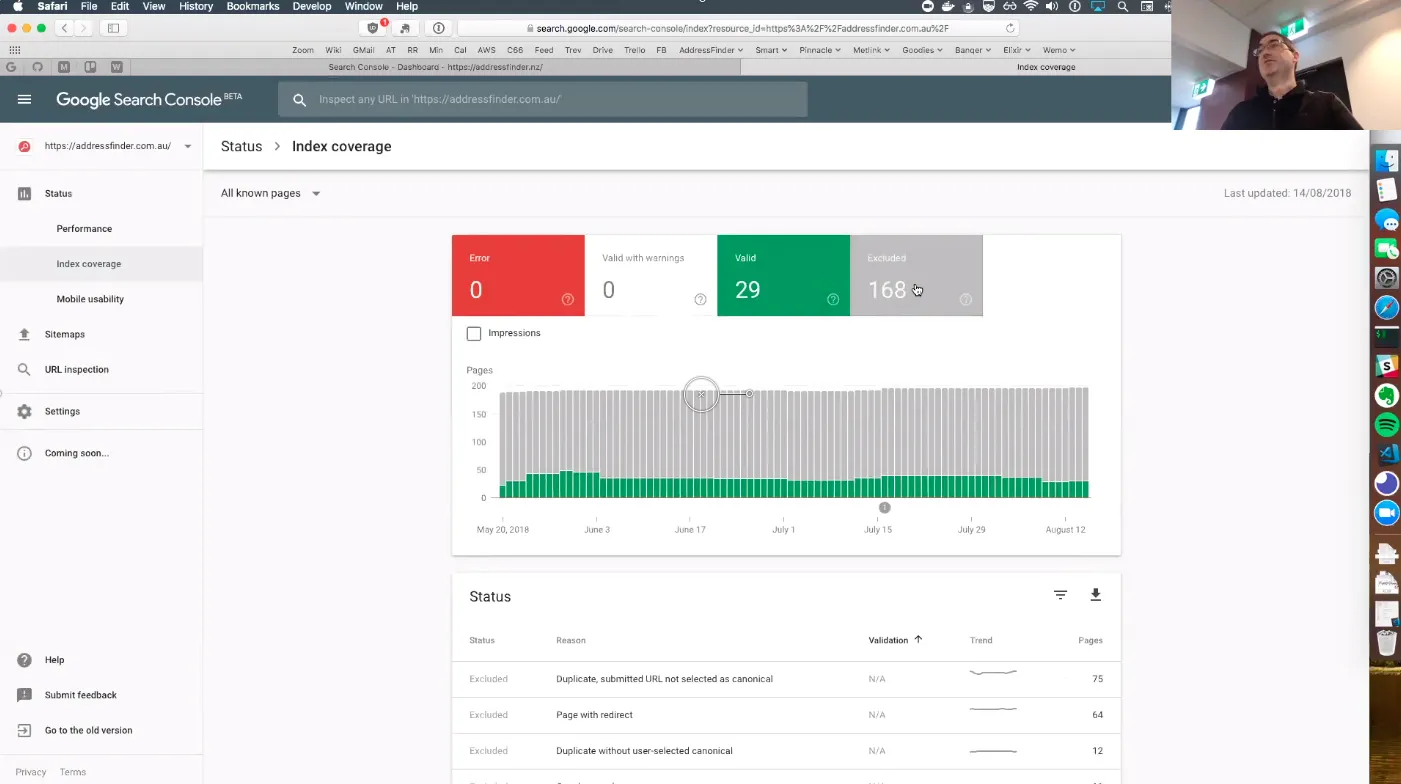
Google Search Console and canonical pages
Nigel Ramsay shows how to see if Google are indexing your pages, or dropping them from the Google Search index. And what to do about it.
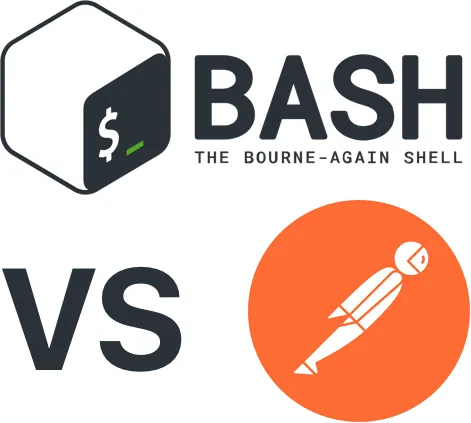
Replace Postman with humble Bash
Postman is a great API testing tool. It has a boat-load of functionality that I will never use, but at the heart of it, it does these things:
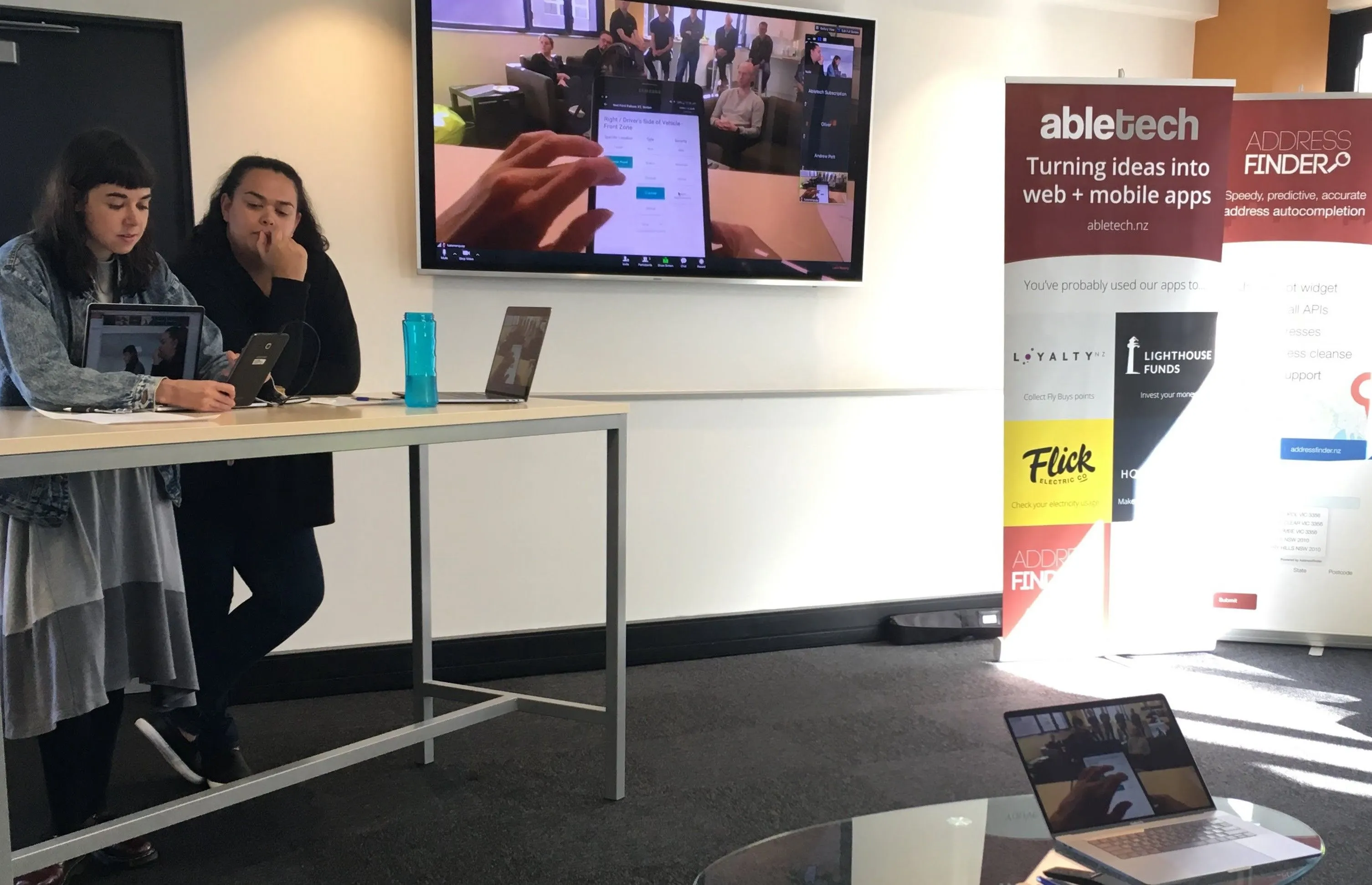
🚘 SmartInspect with React Native 📱
Our Rapid Projects team developed this mobile app in three months. We used React Native and found it fast and efficient. Watch a demo of SmartInspect. Hear what Naiki Pearl and Kate Norquay found as they developed using React Native.
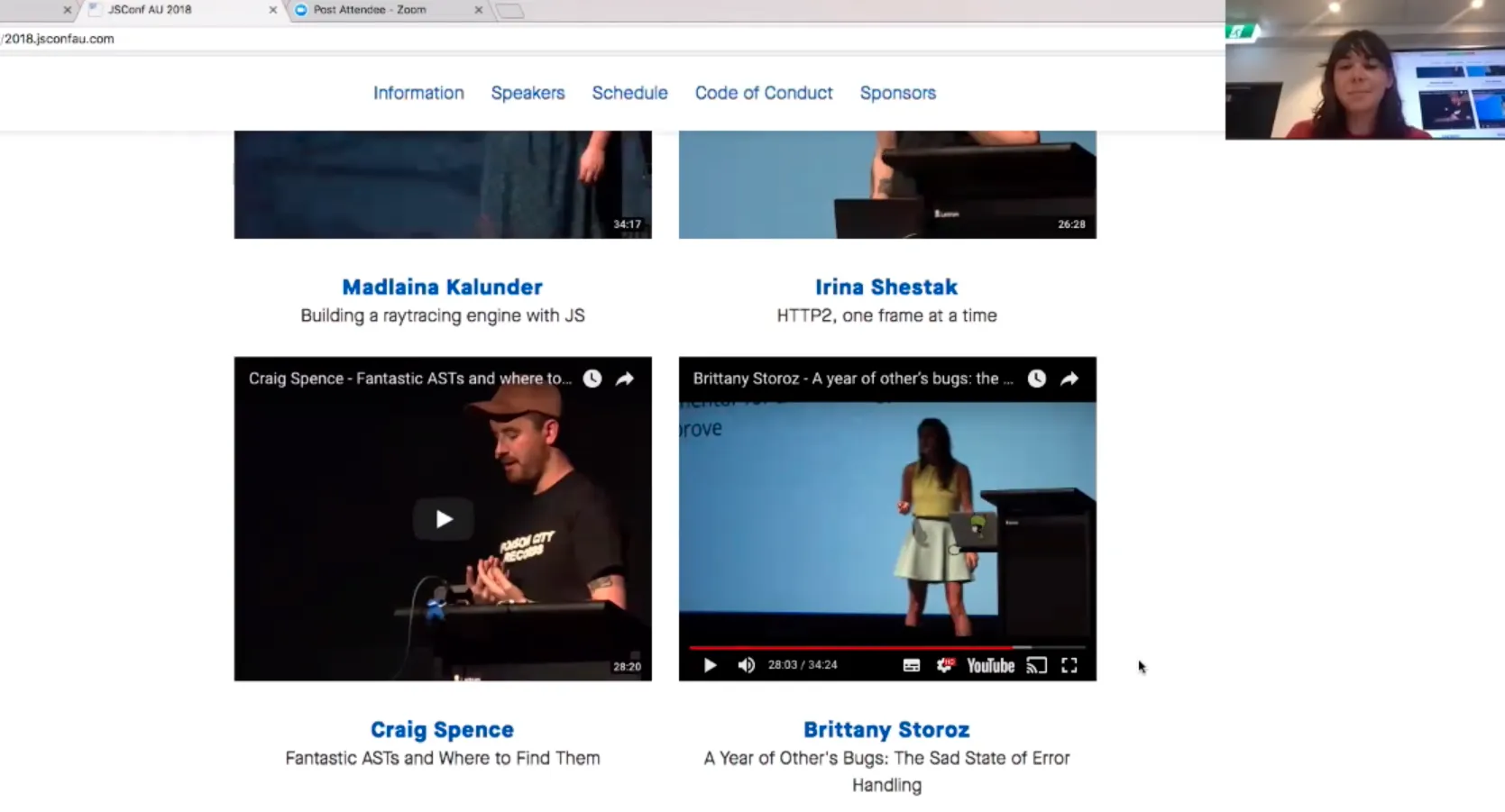
Accessibility, error handling and service workers
Kate’s favourite talks include Julie Grundy on accessibility, Theresa Ma on improving the way designers and engineers work together, and Diana Mounter from GitHub on the interaction of colour systems.
How to configure VS Code to format Elixir code
Here is a step by step guide on how to configure Visual Studio Code to automatically format your Elixir code using the new built-in formatter included in version 1.6.
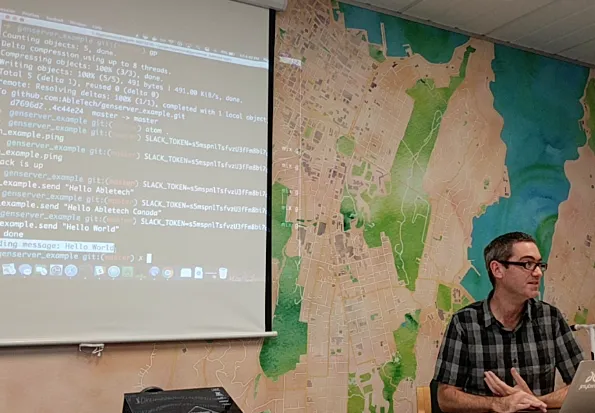
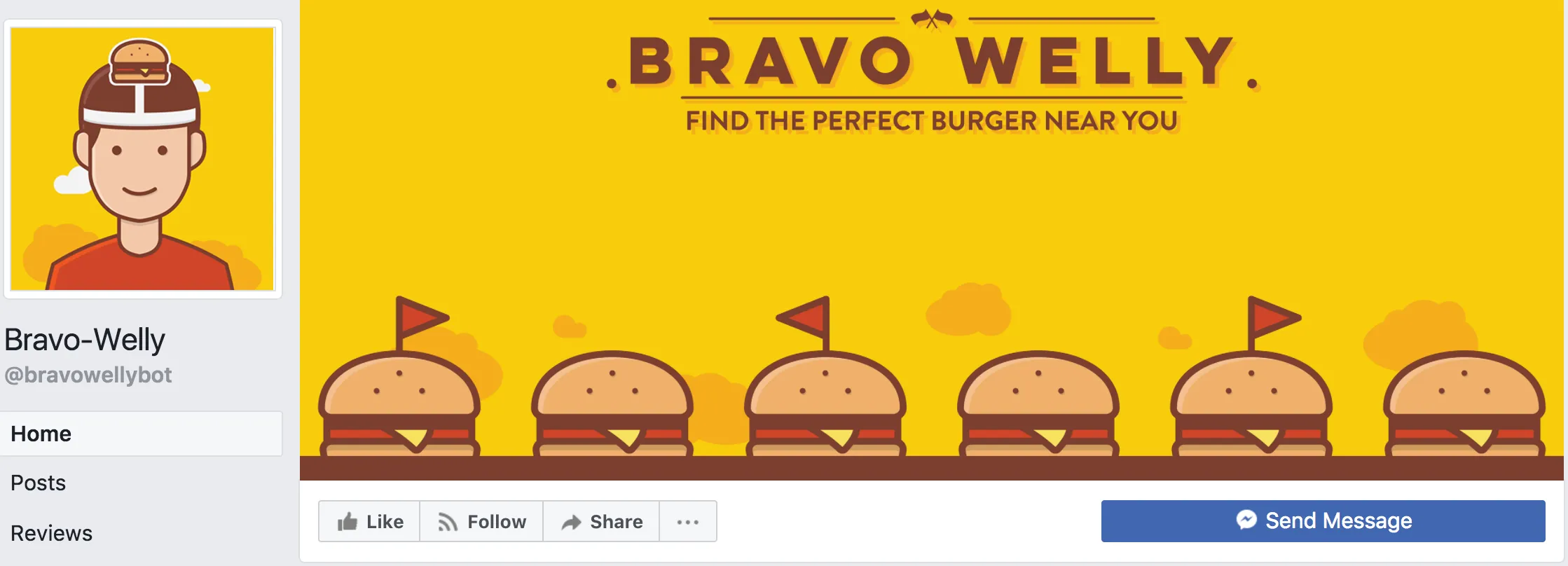
Chatbot & Natural Language Processing
The talk covers the basics of implementing a chatbot through Facebook Messenger using a Natural Language Processing (NLP) API called RecastAI.
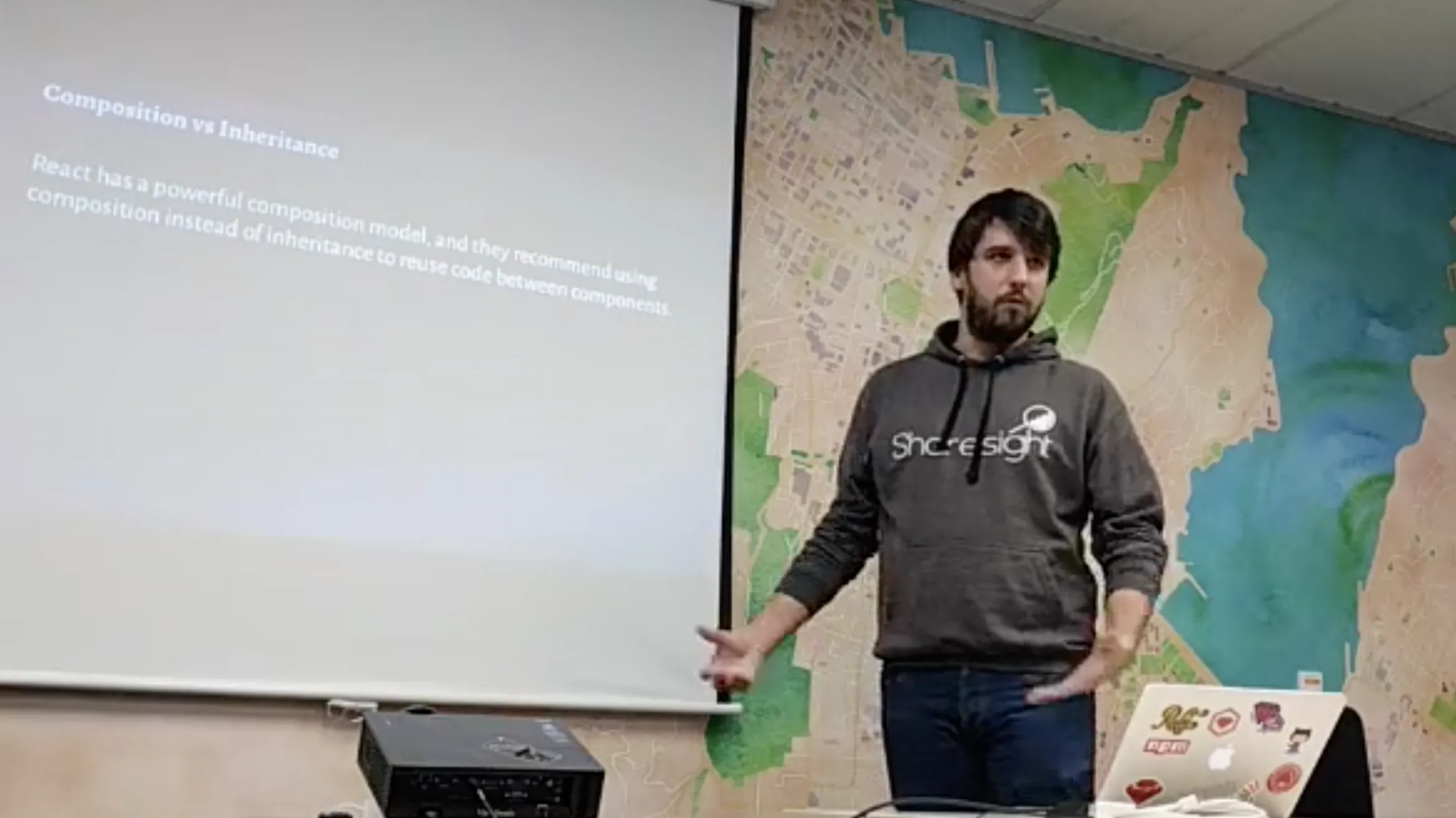
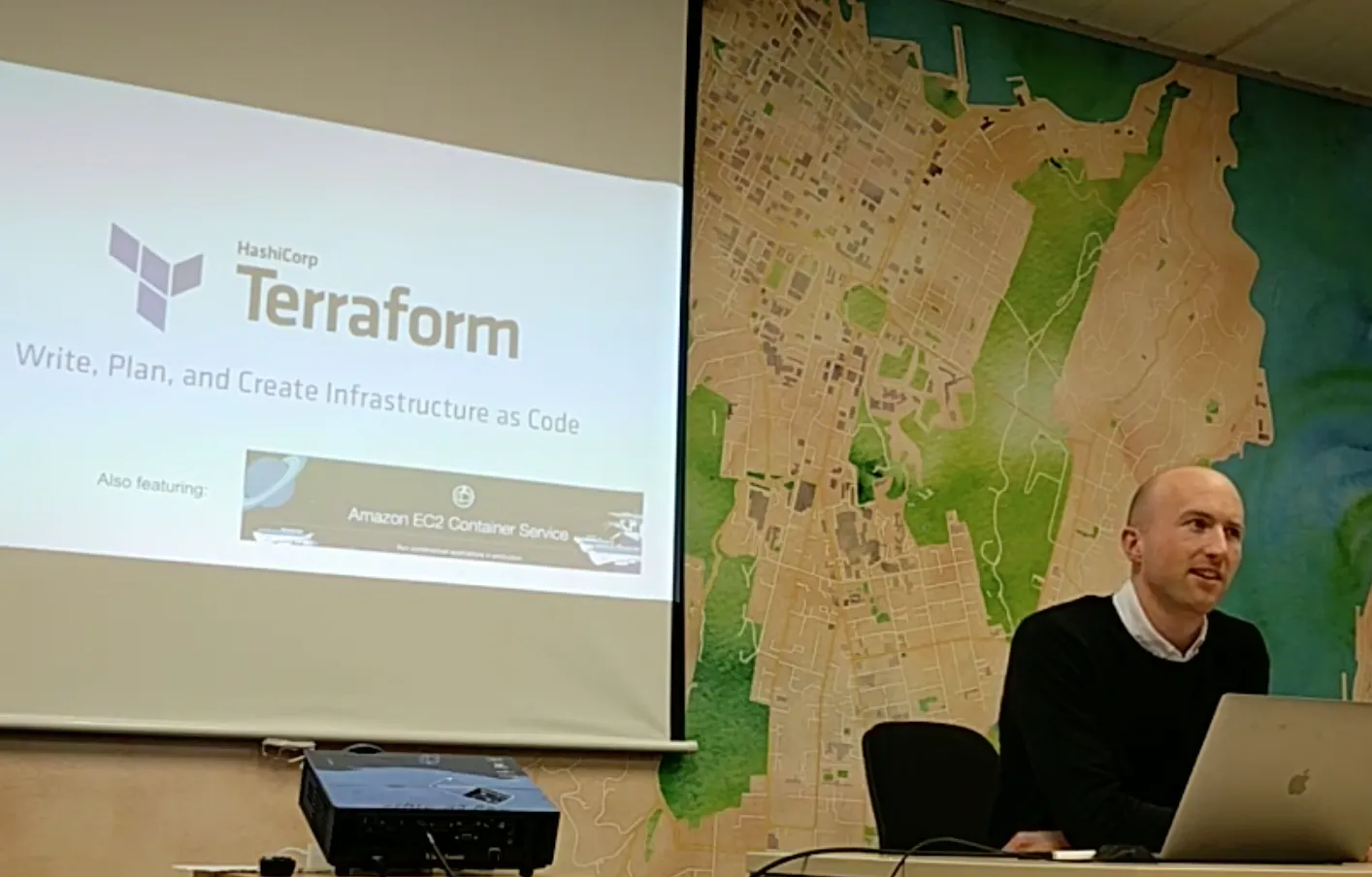
Terraform
He shared his Terraform experience with Abletechers at a recent Tech Talk. Catch it in this video:

Working on Pull Requests
Similar to how we write sentences, there are a lot of ways to write code and produce the same outcome. Because each developer has their own coding style, ensuring the code quality is necessary before integrating it into the code repository. Code reviews provide a means to ensure that the quality of the code meets the standard of the team and identify any potential defects or improvements. Developers integrate this into a process called pull request (PR).

What does it mean to go serverless?
It’s time to look closely at serverless development. Come on a journey to investigate the serverless development model with Typescript. This article will take you through a potential framework, ORM, relational database provider, how to test, and our conclusions.

Setting Kafka’s pace with Broadway
Looking to turn your push dataflow into a pull Broadway pipeline? Here’s an introduction.


Integrating third-party provider: Kratos
Building applications is hard, and developers need to maximise productivity, so they can focus their efforts on solving business problems. One way of achieving this is to use services provided by third-party providers. Read on for David Oram’s process of integrating Kratos in Go.
.*](/img/OAdtiilj0m-1920.webp)
Pragmatic Refactoring
Last year, I read the amazing *99 Bottles of OOP* by Sandi Metz, Katrina Owen & TJ Stankus. The book explores OOP concepts and how to refactor code while being one cmd + z away from green tests. It teaches “practical techniques for getting things done that lead, naturally and inevitably, to beautiful code”, by changing one line at a time.
 on [Unsplash](https://unsplash.com/s/photos/venice-carnival?utm_source=unsplash&utm_medium=referral&utm_content=creditCopyText)](/img/R5kdHs3xbc-1200.webp)
Testing ActiveRecord Concerns
ActiveRecord classes manage persistence and have a tight relationship with their database tables. This relationship, sometimes, makes testing tricky and even trickier when testing Rails concerns. This article describes how to test a concern in isolation from its ActiveRecord class and its associated database table.
 on [Unsplash](https://unsplash.com/s/photos/hope?utm_source=unsplash&utm_medium=referral&utm_content=creditCopyText)](/img/Rp3IDOBeKp-1200.webp)
An alternative to service objects
Service objects are overused. They have become the default solution for any new features in a Rails codebase. They’re also hard to talk about as they mean different things for different people. Here is how I define them:

Rails best practice security exceptions
However, these security features can adversely affect real users and you may notice ActionController::InvalidAuthenticityToken exceptions appearing in your production runtime which can be challenging to reproduce.
 from [Pixabay](https://pixabay.com/photos/balance-stones-stack-110850/)](/img/D9WLFcypiX-1280.webp)


Tools, tips & tricks
Our dev team recently sat down to share our favourite tips, tricks and tools. This resulted in great conversations and everyone went away with more tools, and productivity or workflow tips & tricks, on their tool-belt. We would like to share these here so you can benefit too.

An introduction to Elixir
Find out more about Elixir by sitting in on this Abletech tech talk from Nigel and David at Abletech.

Optimising Docker for Mac and Elixir
The minimum set of files we want to sync is the actual source code that is committed into git. Look at your .gitignore for hints on what to remove in your project. For our Elixir service we have dependencies, and build artifacts, that are written to disk, so moving deps and _build folders external to the shared project folder should speed things up.

The guide to integrating Google MyMaps onto your website with React
If you want to put the custom map you’ve created with MyMaps onto a website you have two options:

Google Search Console and canonical pages
Nigel Ramsay shows how to see if Google are indexing your pages, or dropping them from the Google Search index. And what to do about it.

Replace Postman with humble Bash
Postman is a great API testing tool. It has a boat-load of functionality that I will never use, but at the heart of it, it does these things:

🚘 SmartInspect with React Native 📱
Our Rapid Projects team developed this mobile app in three months. We used React Native and found it fast and efficient. Watch a demo of SmartInspect. Hear what Naiki Pearl and Kate Norquay found as they developed using React Native.

Accessibility, error handling and service workers
Kate’s favourite talks include Julie Grundy on accessibility, Theresa Ma on improving the way designers and engineers work together, and Diana Mounter from GitHub on the interaction of colour systems.
How to configure VS Code to format Elixir code
Here is a step by step guide on how to configure Visual Studio Code to automatically format your Elixir code using the new built-in formatter included in version 1.6.


Chatbot & Natural Language Processing
The talk covers the basics of implementing a chatbot through Facebook Messenger using a Natural Language Processing (NLP) API called RecastAI.


Terraform
He shared his Terraform experience with Abletechers at a recent Tech Talk. Catch it in this video: